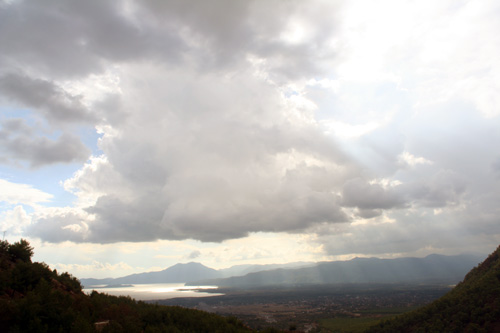
 Turkey 2012
Turkey 2012
Neotethyan Ophiolites
In October 2012, my post-doc Marco-Maffione and I carried out a one-week field-trip (well, I joined for a week, Marco did three) to Turkey to find ophiolitic sections from which we can restore paleo-spreading directions of the oceanic lithosphere from which they were derived. This project is key to my ERC project, and Marco has worked on these issues during his previous post-doc in Plymouth. In addition, Ercan Aldanmaz from Kocaeli University, Turkey, who is a geochemist working on ophiolites and volcanics/plutons in Turkey, joined us for what became one of the best brainstorm sessions of my career. Years of work is ahead of us to test if the ideas we generated are correct, but I have a pretty good feeling about them! Below the usual photograph impression of the trip.
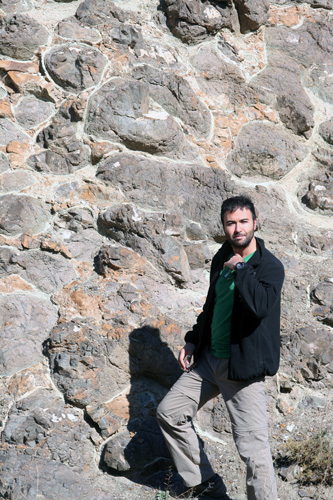
Marco Maffione, post-doc at Utrecht University, at a pillow lava section
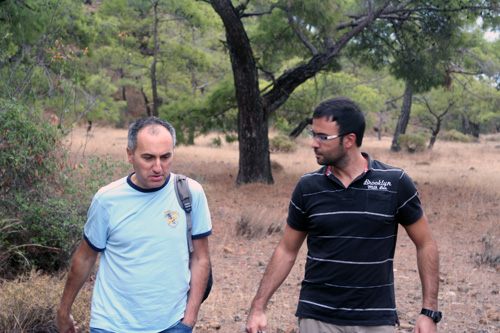
Ercan Aldanmaz, Professor of Geochemistry at Kocaeli University, and Marco, discussing
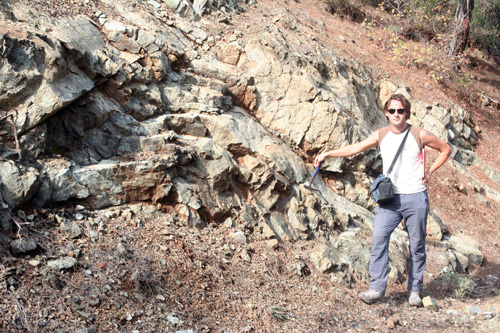
And me, posing in front of a folded foliation in the Mersin Ophiolite
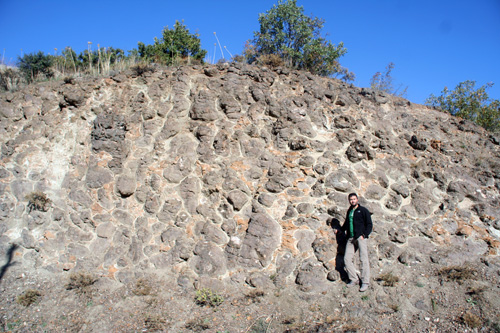
For those who don't know what an ophiolite is: An ophiolite is a piece of oceanic crust (lithosphere) that was emplaced onto a continent. Basically, it's a piece of an overriding oceanic plate below which a continent subducted (a bit).
This picture shows pillow lavas, which are typically deposited on top of oceanic crust close to mid-ocean ridges. When lava erupts below water, it cools from the outside and forms big blobs of molten lava, with a crust around it. Like a medium-rare steak.
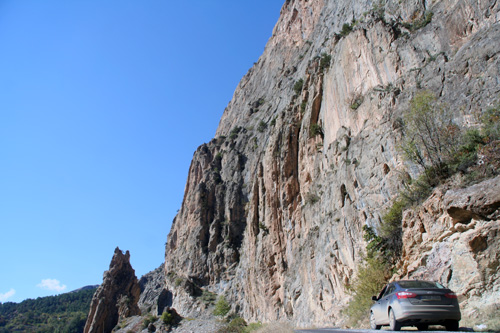
This spectacular section consists of Eocene sediments that were unconformably deposited on the Alihoca 'ophiolite', and was subsequently turned vertical in a footwall syncline. The Alihoca 'ophiolite' is actually a few outcrops of ophiolite in the overturned limb of a footwall syncline below the Bolkar mountain thrust.
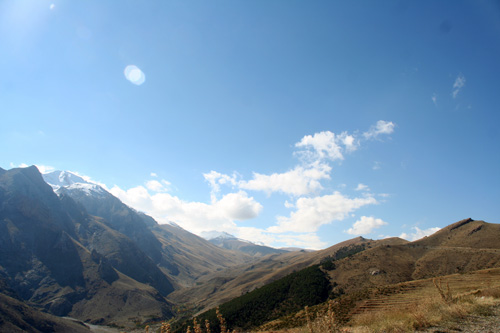
To the left, you see the Bolkar mountains, which thrust over the Eocene sediments to the right. The bedding you see to the right is the overturned limb of the footwall syncline below the Bolkar thrust (which carries carpholite-bearing Cretaceous-Paleogene schists in its hanging wall)
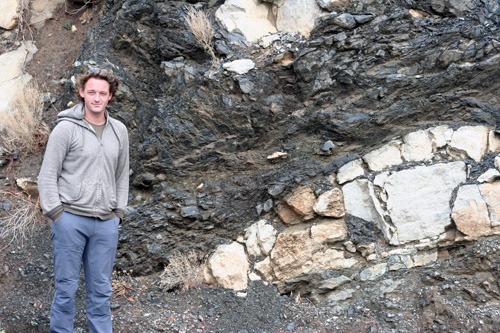
Limestone blocks in an ophiolitic melange (Pozanti ophiolite)
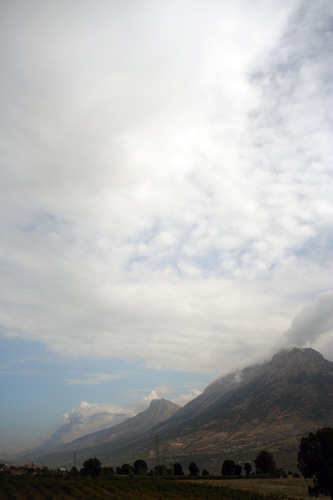
The spectacular topography along the Ecemis fault zone that borders the Pozanti ophiolite and underlying Tauride carbonates (shown here) in the west
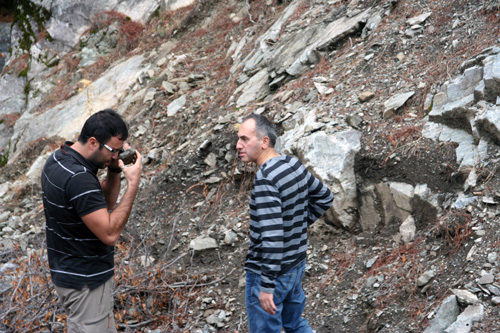
Marco and Ercan, discussing the metamorphic sole of the Lycian ophiolites
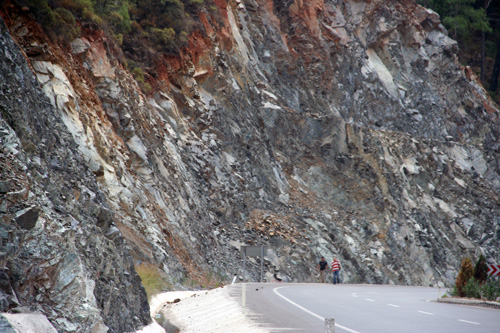
Marco and Ercan wandering along a spectacularly fresh outcrop of mantle peridotities in the Lycian ophiolites near Marmaris
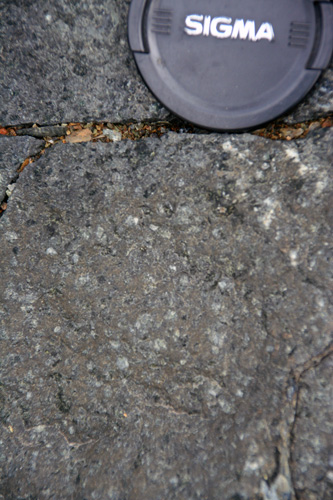
Peridotites near Marmaris. The large crystals are pyroxenes (bronzites).
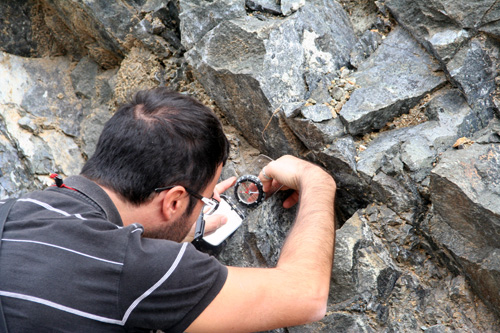
Marco, orienting a hand-sample
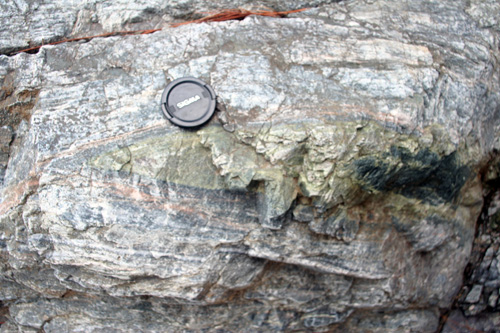
Isoclinal fold in the metamorphic sole of the Lycian ophiolites. The green minerals are epidote and actinolite.
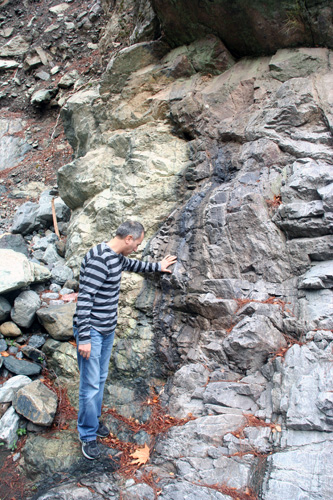
Ercan, next to the metamorphic sole. Metamorphic soles are metasedimentary and metavolcanic rocks that are cooked below the mantle section of an ophiolite. Basically, they are formed from sediments of a subducting plate that were welded to the hot base of the overriding plate. Their ages are normally interpreted to reflect the onset of intra-oceanic subduction near a mid-ocean ridge, when the overriding plate is still very young and hot.
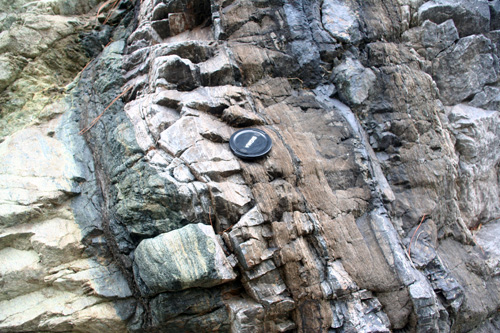
Some more, beautiful sole rocks :)
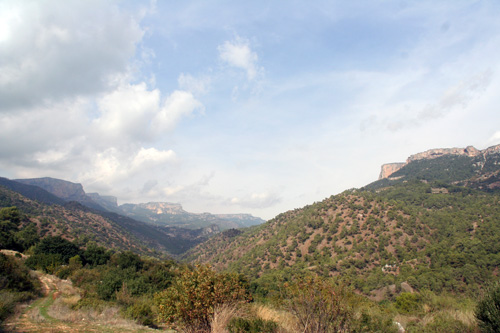
The brown colours on the valley flanks belong to the Mersin ophiolite, which is buried below highly uplifted (1500 m or so) marine Miocene carbonates.

These carbonates are not very happy high up on the slope and would like to ski down a bit :)

That's it for now. We'll get back with much, much more next season!